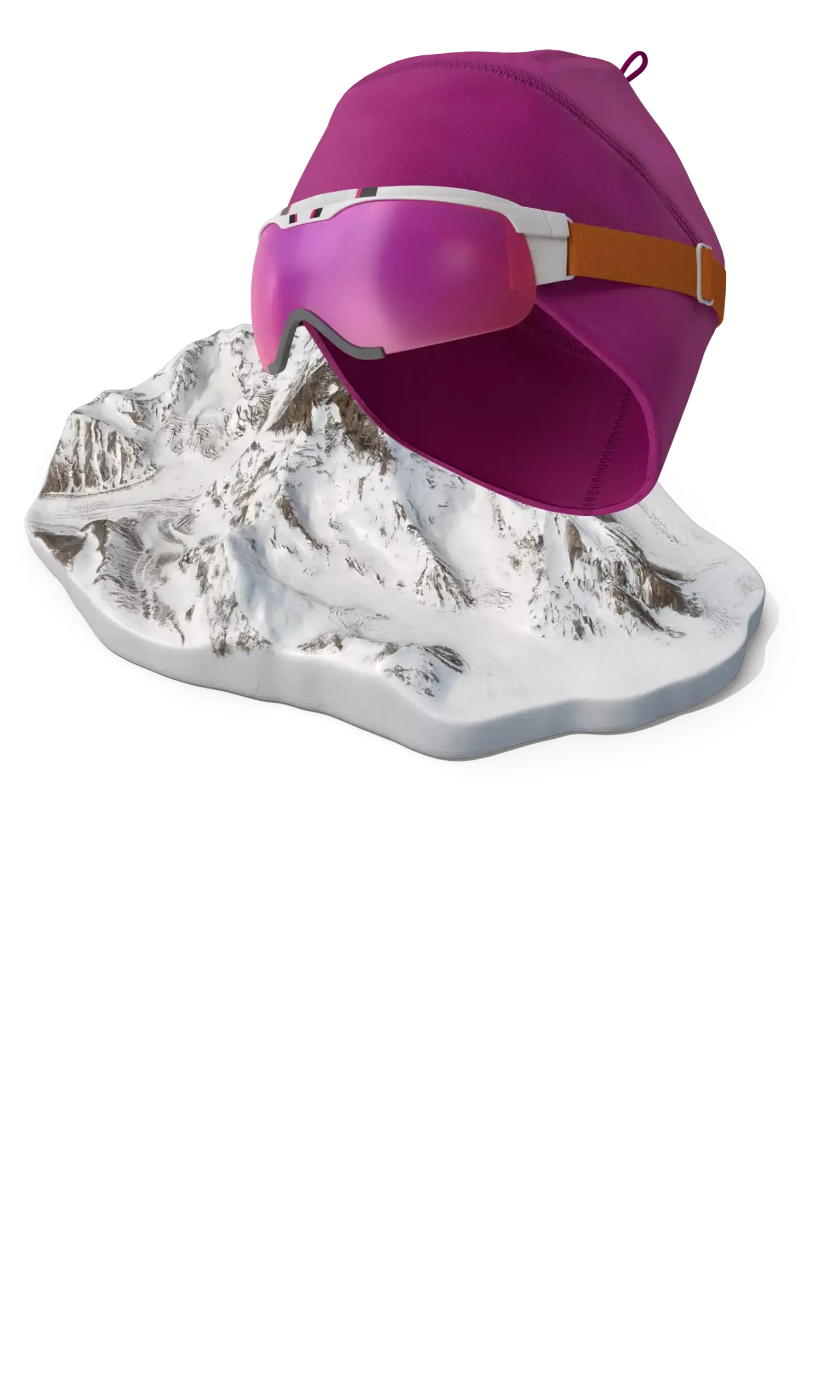Innovation Alphabet
Mixed Reality
In a nutshell
The truth of the future lies in the middle. Mixed Reality is set to emerge as a key technology for digital user experiences: combining aspects of Augmented Reality and Virtual Reality with the help of electronic devices, it allows physical interaction between objects or subjects in the real world and components of the virtual world. A 360-degree multidimensional experience.
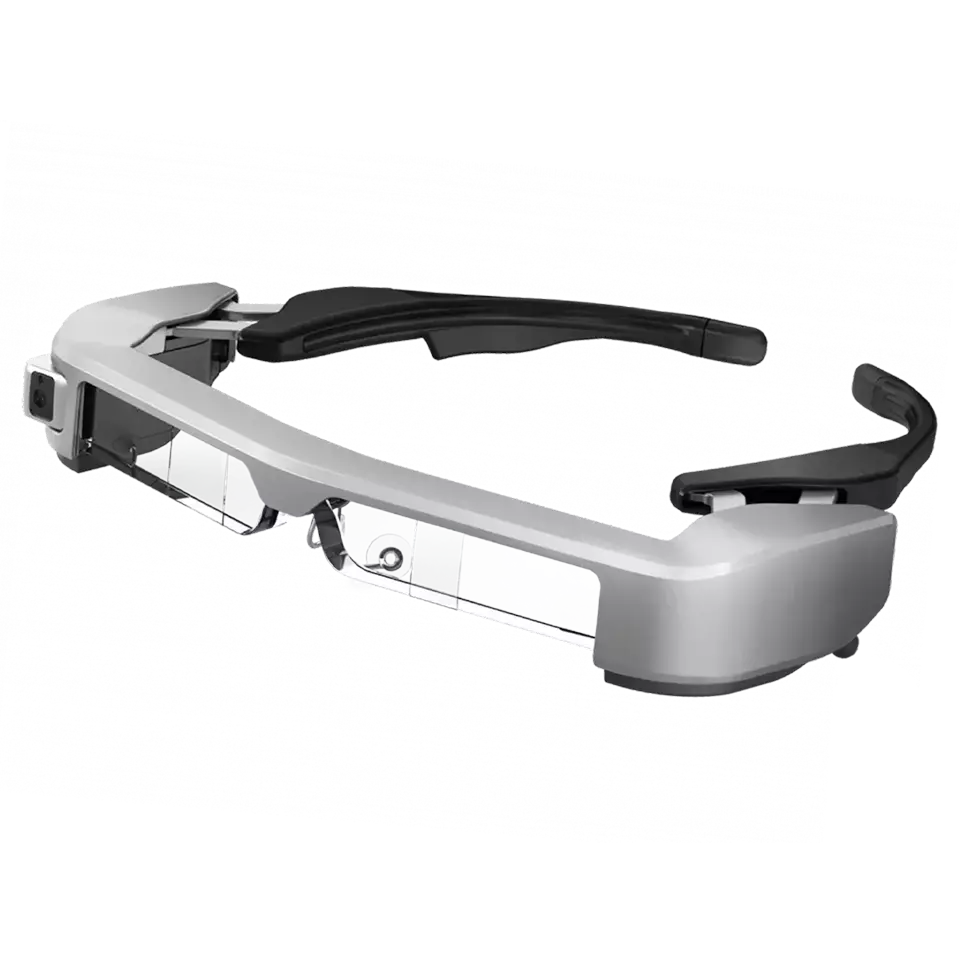

Mixed vs augmented reality
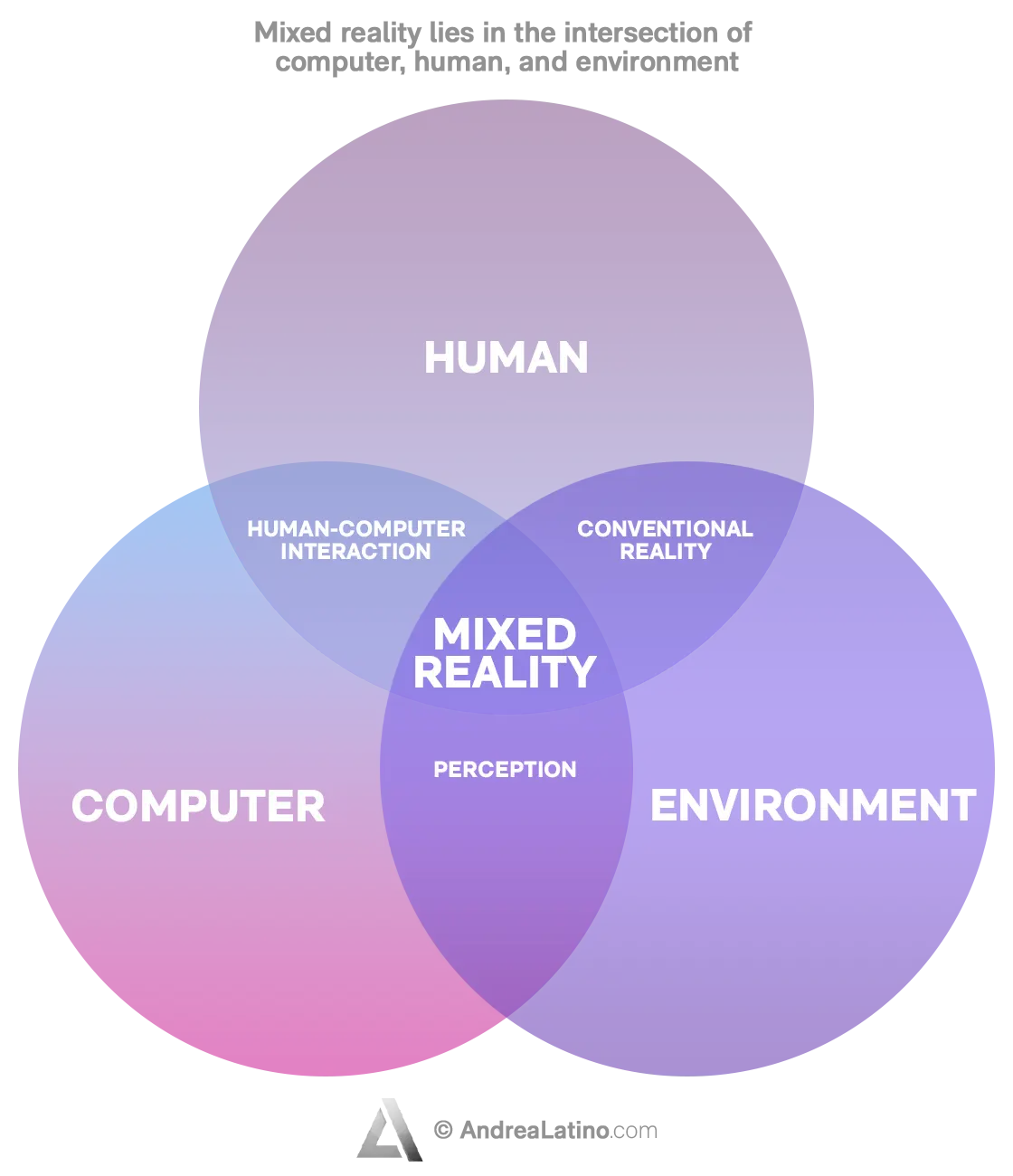
Wandering between different realities
AR and MR are both immersive technologies, but this doesn’t mean they have the same features. Indeed, while augmented reality allows overlaying virtual objects on a real environment, users can’t interact with them as they could in real life. This capability is reserved for a mixed reality environment.
In fact, MR is an extension of AR that allows real and virtual elements to interact with one another and the user to interact with virtual objects as well. Wherever you look when wearing MR technology, the 3D content that you meet in the space will react to you the same as it would in the real world.
Since mixed reality and augmented reality maintain a connection to the real world, they cannot be considered fully immersive experiences. Conversely, when you deal with virtual reality, you are completely immersed in a digital world. Yet, VR does not share those elements of reality common to the other two technologies.
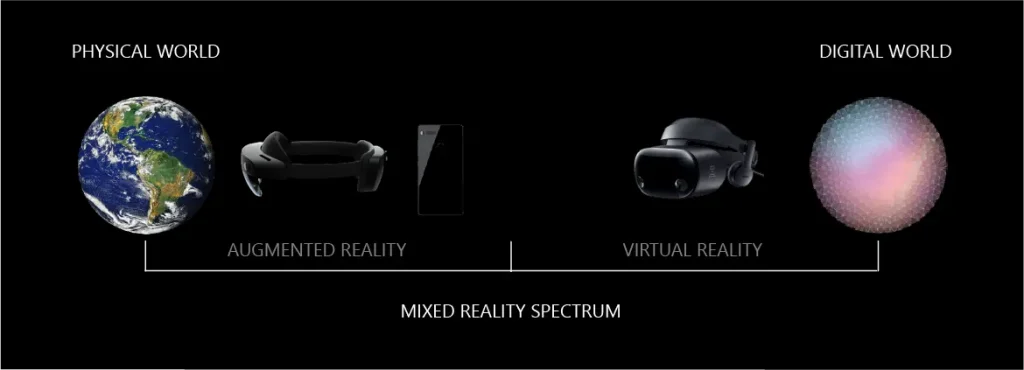
Application Fields
• Remote support and maintenance: Hybrid reality makes it possible to receive support from physically distant operators, who can thus intervene, for example, on the maintenance of an industrial machine without the need to be present in the physical environment.
• Retail: It is possible to recreate a display space overlaid with static objects, as if they were placeholders, which come alive once the interactive experience starts. Customers will be able to see the actual size of the single product. They can also, for example, see how an object will look in their living room, making it easier for them to make a purchase decision.
• Videogame: Players can defeat imaginary character in the game with real-world items they wield. With cameras, the surrounding environment can be scanned and used as the actual location of the game. The screen will show virtual friends and enemies embedded in the world with which we are familiar.
Do you have a Strategy & Innovation challenge to tackle? Let’s face it. Together.
C-levels from these companies (AND MORE) relied on my expertise to overcome thEIR CHALLENGES IN THIS AREA. And You can, too.
Can I help you?Industries
• Mixed Reality in the IT industry: Microsoft HoloLens 2
HoloLens is a wireless Mixed Reality visor used in the workplace to operate efficiently and accurately without getting your hands dirty. It allows one to view, touch, grasp, and move holograms through a field of vision. With smart microphones and Natural Language Processing, voice commands work even in the noisiest industrial environments.
• Mixed Reality in the automotive industry
To improve operational processes, Toyota has included Unity’s real-time three-dimensional development platform in its automotive lifecycle. Vehicle data flows into Unity using Pixyz, software that allows one to import, prepare, and optimize CAD models quickly. In addition, Toyota is developing other Mixed Reality initiatives such as capturing CFD analysis (related to computational fluid dynamics) – previously a very daunting task – and greater understanding of vehicle functionality by inspecting its behavior while in motion through the use of HoloLens 2.
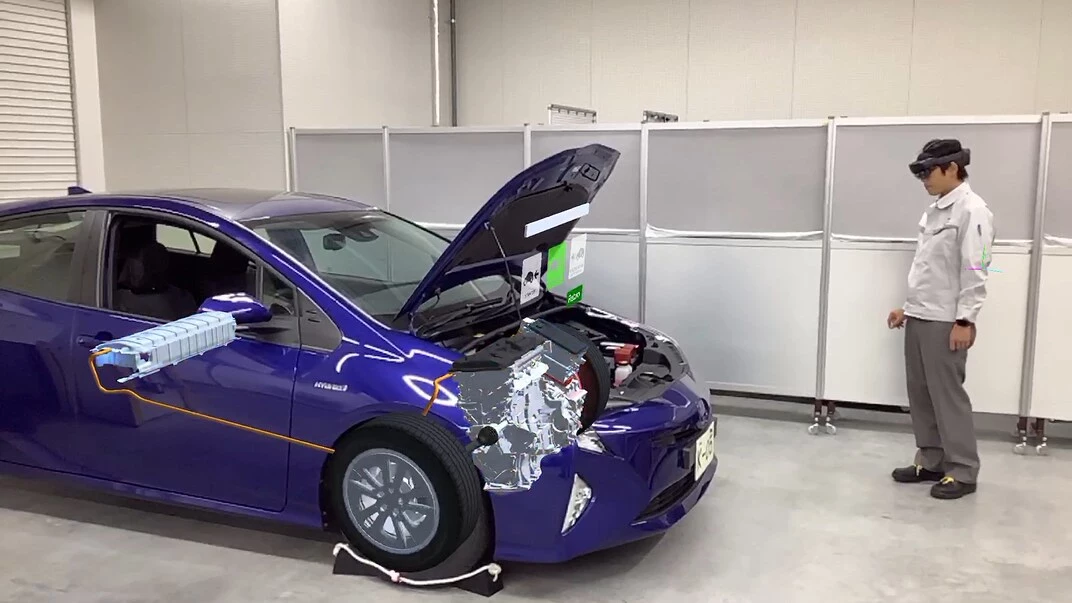
Stay in wonderland
Let me show you how deep the rabbit hole goes.
Check out more of the Innovation Alphabet:
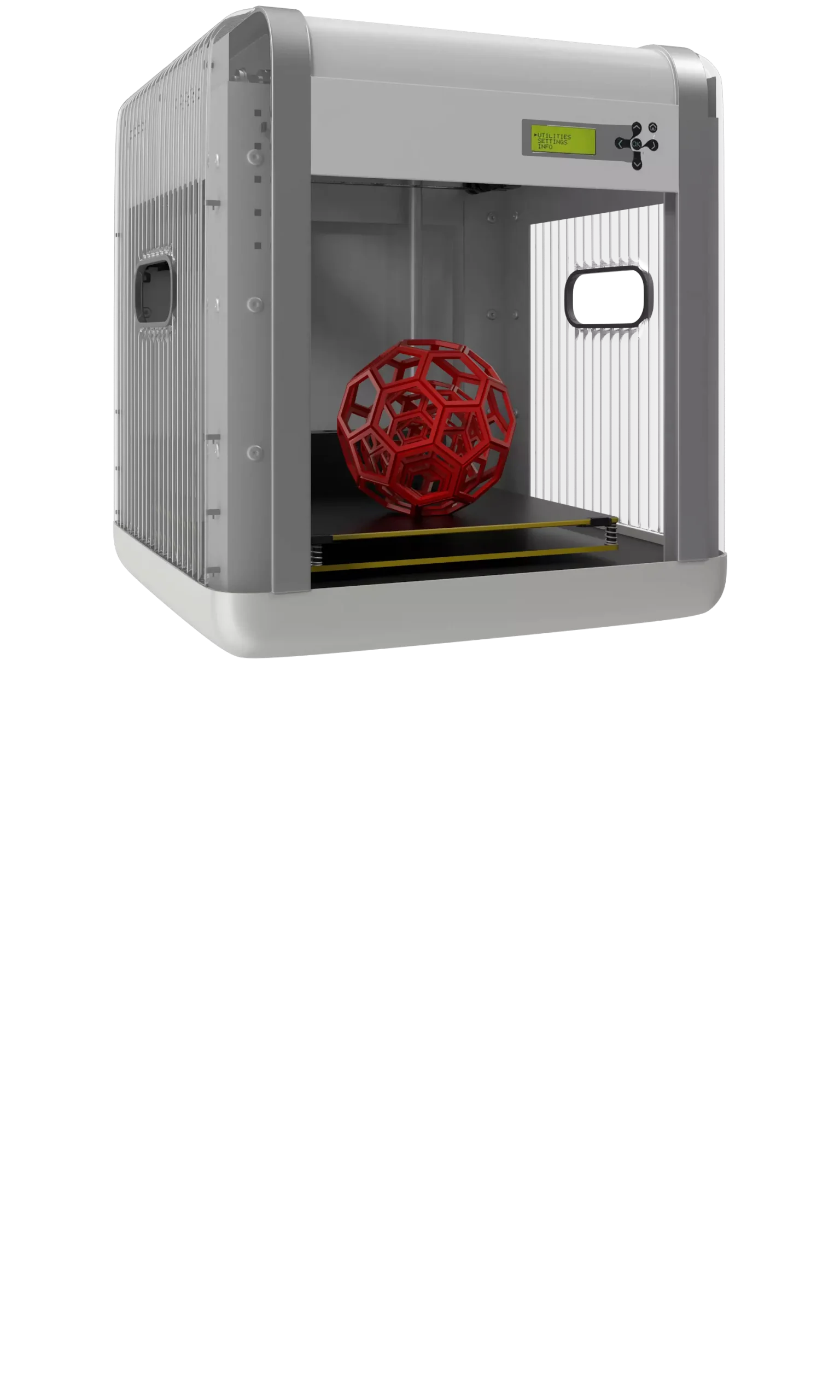
3D Printing
3D Printing
“3D printing” is a process carried out by an electronic device which, instead of resorting to the canonical ink, it molds almost any kind of material: from concrete to living tissue, most usually plastic, but also metal. And the operating principle is similar to that of a traditional printer. The creation of three-dimensional models can lead to the redesign of a company’s production capabilities.
Dive In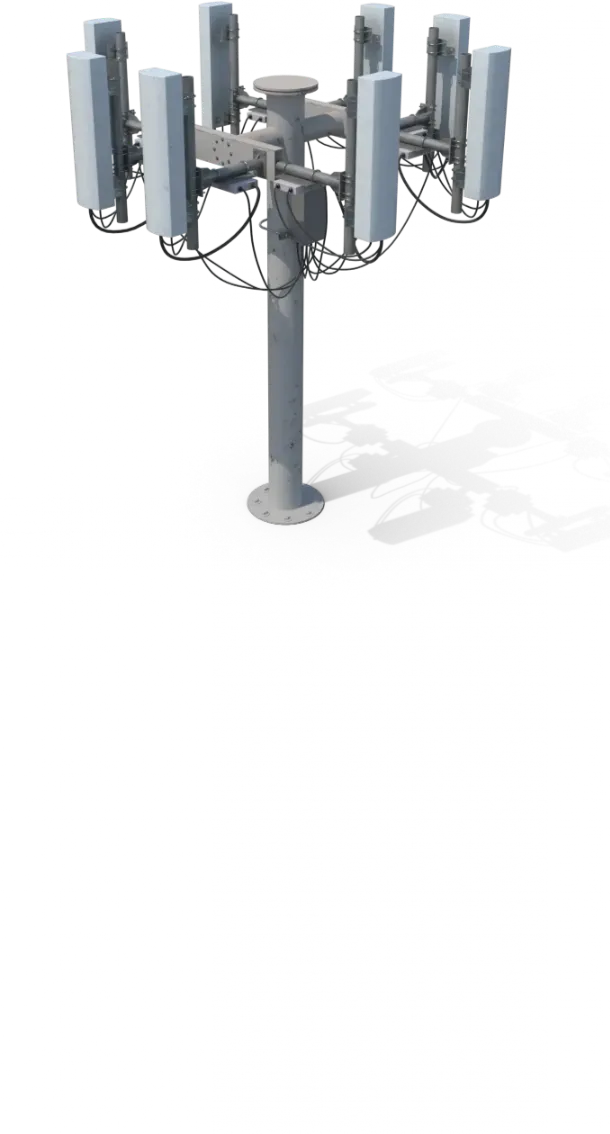
5G
5G
5G is the new frontier of cellular telephony. It was designed to improve (or completely replace) previous generations of mobile networks. The 5th generation features lower latency, ensuring flawless performance of business applications and many other digital experiences – thus enabling the new cultural generations to furiously play Fortnite away from home.
Dive In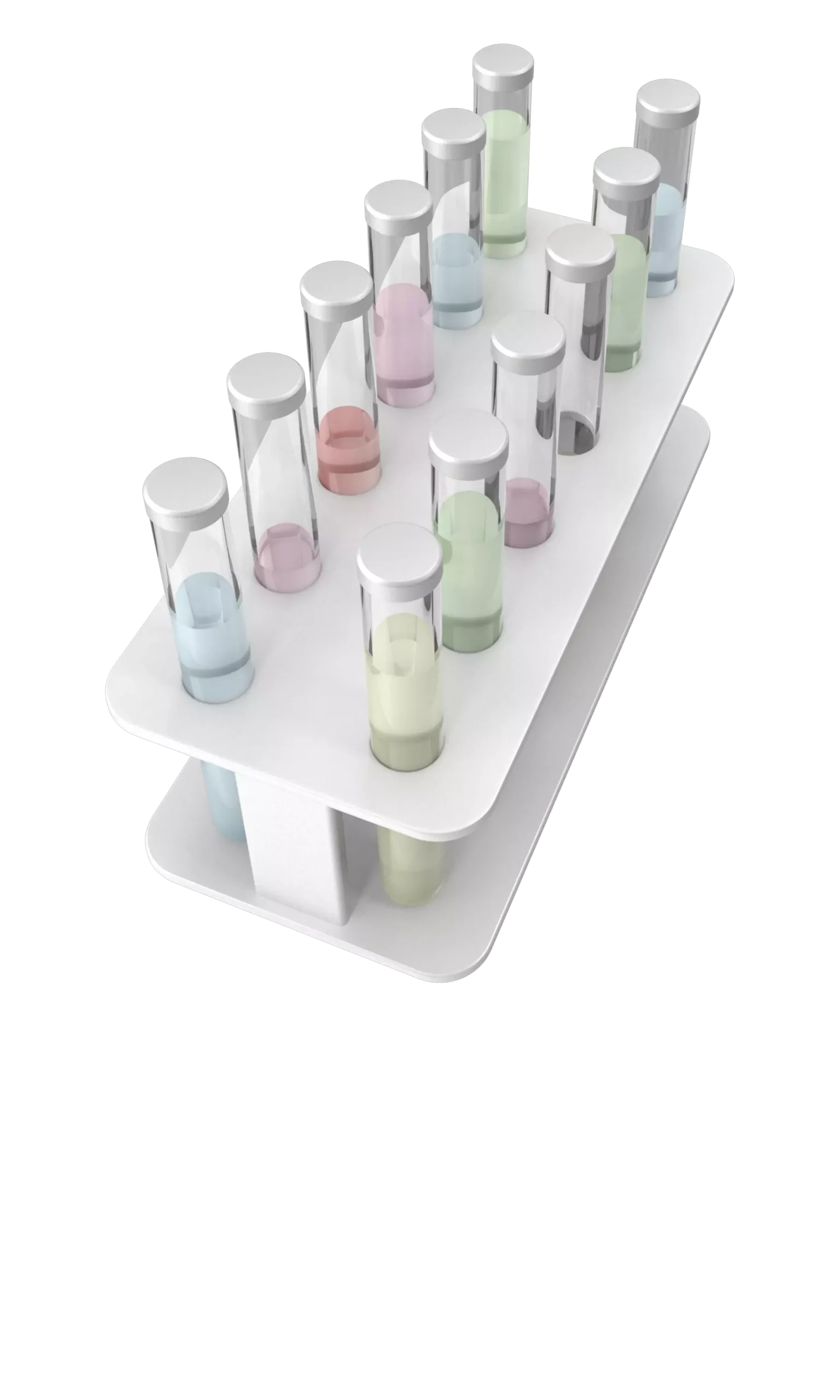
Advanced Analytics
Advanced Analytics
The term “Advanced Analytics” refers to the ability to autonomously or semi-autonomously analyze data and content to identify correlations, develop analyses, predictions, and recommendations. It is not just a matter of collecting information and then organizing it into watertight compartments: the ultimate goal is to identify a dialogue pattern from a data-driven perspective.
Dive In
Agile
Agile
Agile is an approach to software development designed to respond to change. Teams quickly analyze the context in which they operate, identify uncertainties faced, and figure out how to adapt to always move forward. Interaction between individuals comes before processes and tools; collaboration with the customer is more important than negotiating contracts.
Dive In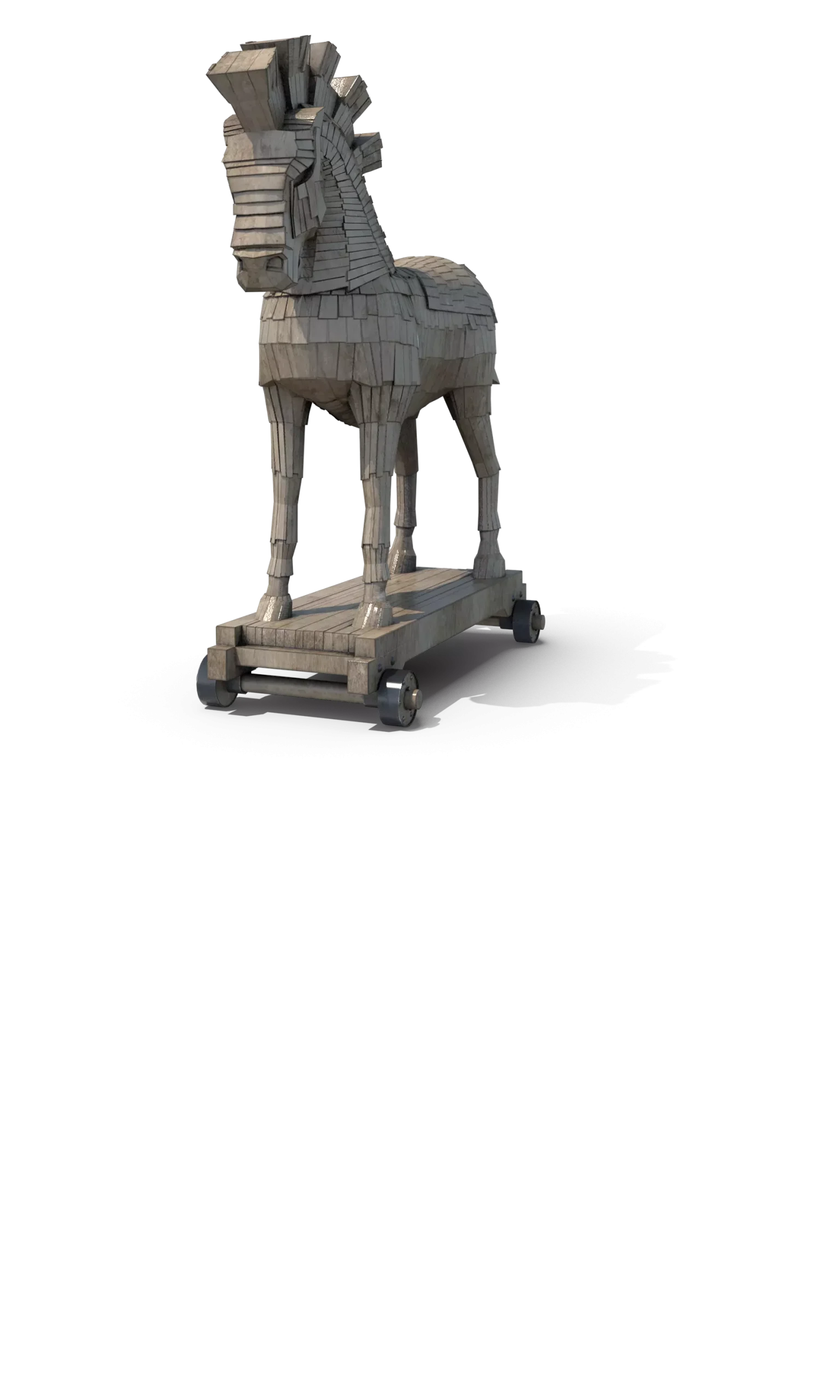
Ansoff Matrix
Ansoff Matrix
The Ansoff Matrix is a marketing planning model that arises from the intersection of new and existing products and markets. It derives four possible strategies for expanding the company’s market, which are built around four variables with a changeable factor of risks and possibilities: existing product, new product, existing market, new market.
Dive In
Artificial Intelligence
Artificial Intelligence
Artificial Intelligence is not strictly defined. Basically, it is a computer system able to make decisions in an independent and flexible way. A good AI application can perform everyday tasks better than an average person (e.g., identifying other people from their photos on social media or beating the best chess player). Nothing to fear, then. Unless you are a chess champion.
Dive In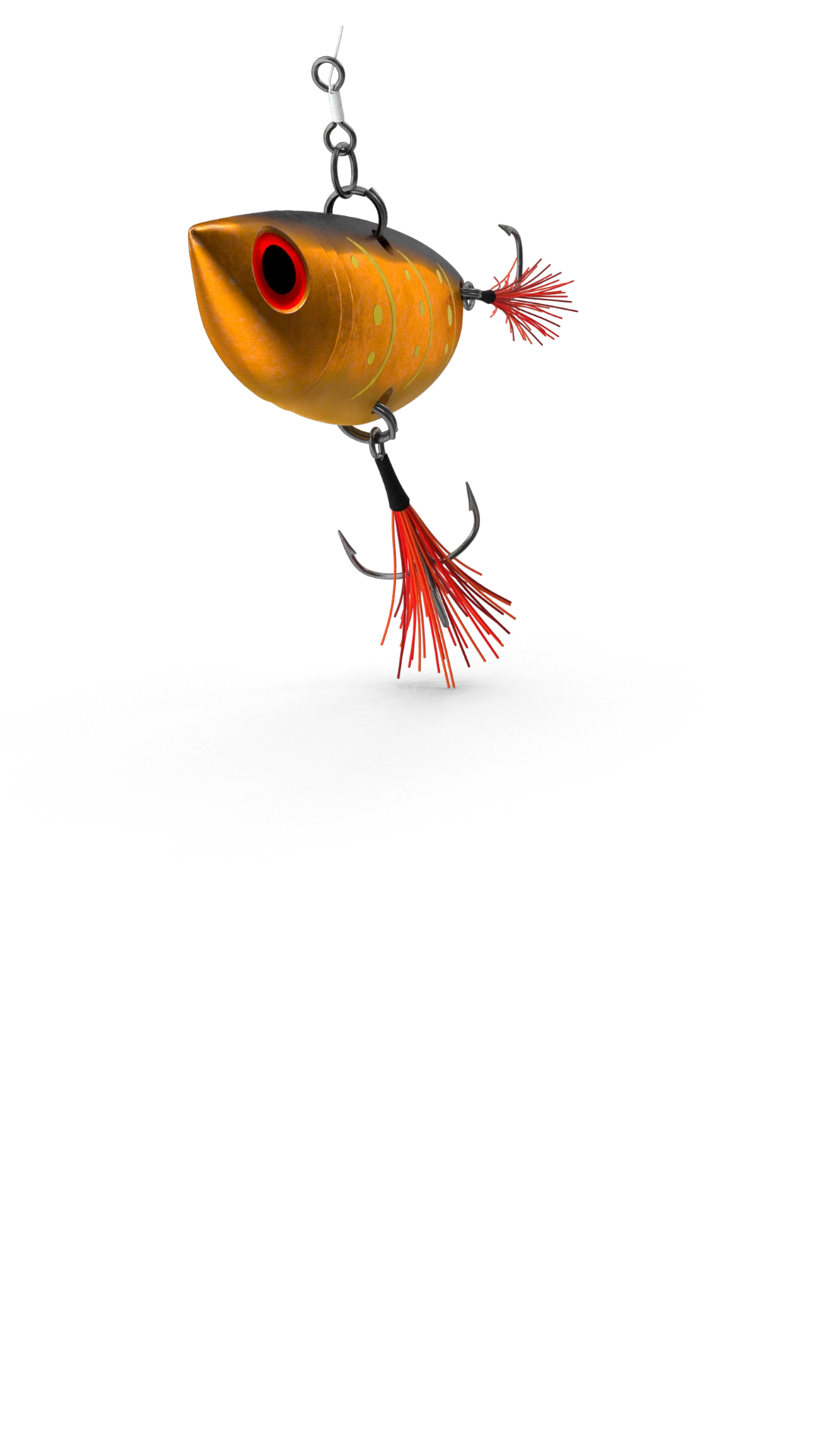
Artificial Scarcity
Artificial Scarcity
We often tend to desire what we cannot have. Or what we are in danger of losing: Artificial Scarcity is a strategy that flaunts a limited number of items that do not correspond to actual availability. The goal is to stimulate the perception in consumers that the stock of items is about to run out and thus create a need based on the “fear of being cut off” or the intention to buy the item in order to resell it at a higher price.
Dive In
Attack Surface
Attack Surface
The term attack surface refers to the part of a system that may be subject to attack or breach by hackers. The smaller that surface is, the easier it will be to protect it. Indeed, the Internet is an ocean of deep, dark waters: those who navigate it must be aware that they are exposing themselves to a flood of digital risks. Yet, ironically, we do not need a big boat to shelter us.
Dive In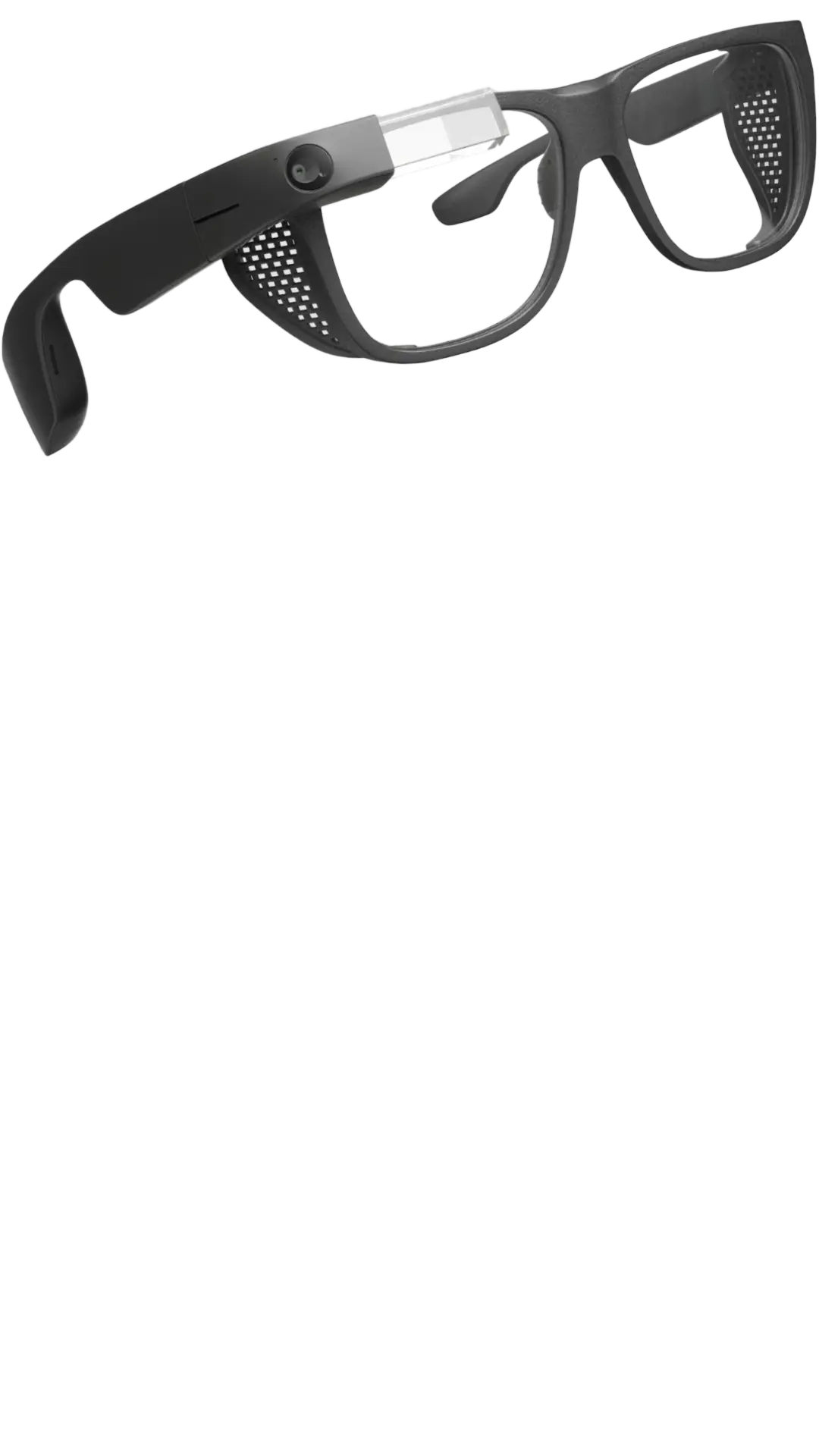
Augmented Reality
Augmented Reality
Augmented Reality is an ever-evolving technology that overlays multimedia information on top of our common sensory horizon to gain a deeper understanding of our surroundings. No, it doesn’t allow you to step out of the Matrix dream simulation, nor can it be accessed by swallowing a red pill. But neither is it the disturbing experience of the Playtest episode of Black Mirror.
Dive In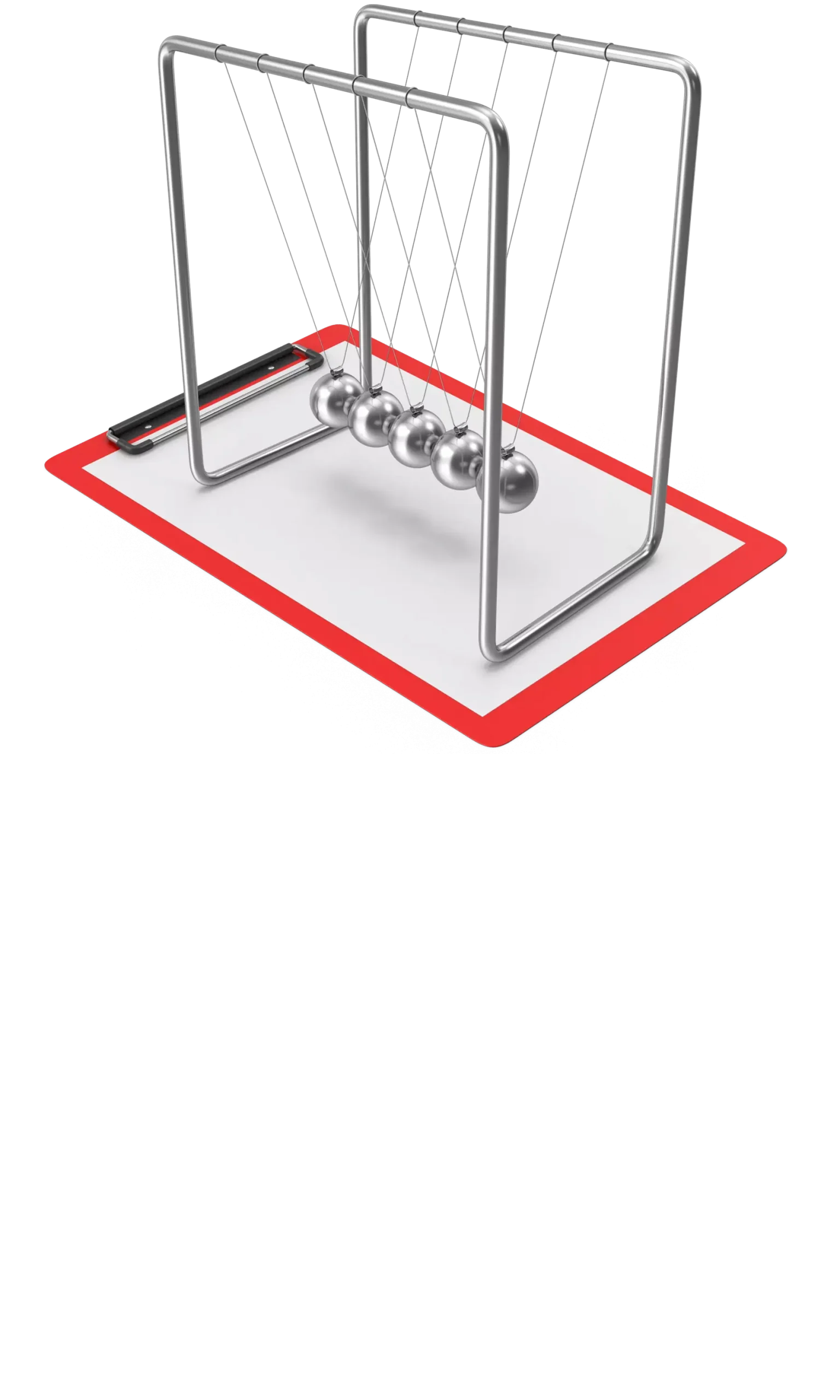
Balanced Scorecard
Balanced Scorecard
In business, as in life, you need balance. The Balanced Scorecard is a holistic tool for strategic management. It offers, in fact, the possibility of assessing corporate performance in its wholeness. An overview that embraces four perspectives: the business/financial side, customers and stakeholders, internal processes, and learning and growth.
Dive In